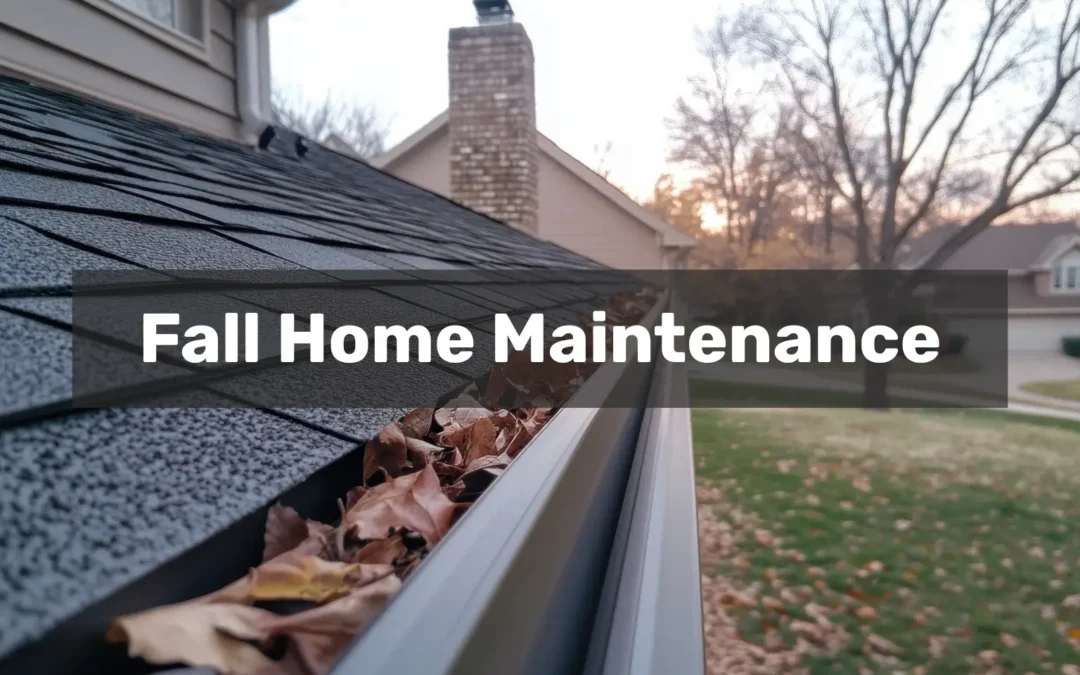The best fall home maintenance checklist focuses on preparing your property for colder months: inspect the roof, clean gutters, seal windows and doors, service your HVAC, insulate pipes, check exterior paint and siding, and prepare outdoor spaces. Completing these essential renovations before winter helps prevent costly damage, saves on energy bills, and keeps your home safe and comfortable.
Why Fall Home Maintenance Matters
Fall is the perfect time for homeowners to prepare for winter’s challenges. As temperatures drop, small issues—like minor leaks or poor insulation—can become expensive emergencies. Addressing them now helps:
- Prevent frozen pipes and leaks.
- Reduce heating costs by improving energy efficiency.
- Protect structural integrity against snow, ice, and wind.
- Maintain indoor comfort during colder months.
Regular seasonal maintenance also increases home value, extends the lifespan of critical systems (roof, HVAC, plumbing), and ensures your property passes inspection if you decide to sell.
Step-by-Step Fall Home Maintenance Checklist
Here’s a complete breakdown of what every homeowner should do before the first frost hits.
1. Inspect and Repair the Roof
- Check for missing or damaged shingles.
- Inspect flashing around chimneys and vents for gaps.
- Clear debris and moss buildup.
- Repair or replace any weak areas before snow adds weight.
Tip: A small roof repair now can prevent major water damage later—roof leaks are among the top winter homeowner claims in the U.S.
2. Clean and Secure Gutters
- Remove leaves, twigs, and debris to ensure water flows freely.
- Test downspouts for blockages.
- Install gutter guards to reduce future buildup.
- Ensure gutters are securely fastened and angled properly.
Clogged gutters can cause water to back up and freeze, leading to roof leaks and foundation cracks.
3. Seal Windows and Doors
- Apply weatherstripping or caulk around frames.
- Replace cracked glass or damaged seals.
- Add thermal curtains for extra insulation.
- Check garage door seals for gaps.
Up to 30% of home heating loss happens through poorly sealed windows and doors—simple caulking can save hundreds on winter energy bills.
4. Insulate Pipes and Attics
- Wrap exposed pipes with insulation sleeves or heat tape.
- Add attic insulation where heat escapes.
- Check for drafts in the basement and crawl spaces.
Frozen pipes can burst and cause thousands in water damage. A few dollars in insulation can prevent costly repairs.
5. Inspect Exterior Paint, Siding, and Foundation
- Touch up peeling or cracked paint to prevent moisture intrusion.
- Repair any siding damage before snow and ice worsen it.
- Seal foundation cracks to block cold drafts and rodents.
Fall’s mild weather makes it the ideal time for small exterior repairs that won’t cure properly in winter temperatures.
6. Prepare Outdoor Areas
- Drain and store garden hoses.
- Shut off outdoor water valves.
- Clean and store patio furniture.
- Check decks, railings, and walkways for rot or loose boards.
- Test outdoor lighting for safety during longer nights.
Proper prep protects your outdoor areas from damage and keeps your property looking maintained year-round.
7. Test Safety Devices
- Replace batteries in smoke and carbon monoxide detectors.
- Inspect fire extinguishers.
- Test sump pumps before winter storms.
Fire and CO poisoning risks rise in winter due to increased indoor heating—simple checks save lives.
Fresh Stats for 2025
- Average cost of winter-related home repairs: $2,300 (HomeAdvisor, 2025).
- Energy savings: Proper weatherproofing can reduce heating bills by up to 20% (U.S. Department of Energy).
- Roof damage claims: Up 18% year-over-year due to severe winter weather (Insurance Information Institute, 2024).
- Pipe bursts: Account for nearly $10,000 in average water damage costs (FEMA, 2025).
- HVAC tune-up ROI: For every $1 spent on seasonal HVAC maintenance, homeowners save about $5 in energy and repair costs (EnergyStar, 2025).
Summary
Fall maintenance isn’t just about upkeep—it’s about protection, savings, and comfort. By addressing small issues now, you’ll enjoy a safer, warmer, and more energy-efficient home all winter long.
Ready to prepare your home for winter?
Contact Shatten LLC today for a professional fall maintenance inspection and renovation plan. We’ll make sure your home is winter-ready from the roof to the foundation.
FAQs
1. What’s the most important maintenance task before winter?
Roof and gutter inspection top the list. A leak or ice dam can cause thousands in water damage once snow arrives.
2. When should I schedule HVAC maintenance?
Ideally in late September or early October, before you rely heavily on heat. This ensures maximum efficiency and avoids emergency service calls.
3. How often should I reseal windows and doors?
Check seals annually—especially before winter. Caulk and weatherstripping typically last 1–3 years depending on sun exposure and humidity.
4. Can I do these maintenance tasks myself?
Some, like cleaning gutters or replacing filters, are DIY-friendly. For roofing, HVAC, or insulation, it’s safer and more effective to hire licensed professionals.
5. How long does a full fall maintenance inspection take?
A typical inspection takes 4–6 hours for an average home. If renovations are needed (e.g., siding repair, attic insulation), plan for an additional day or two.
6. Does Shatten LLC offer fall maintenance services?
Yes! Our team provides full inspections, roofing and siding repairs, insulation upgrades, and exterior sealing to prepare your home for winter—serving the Seattle-Tacoma area.

